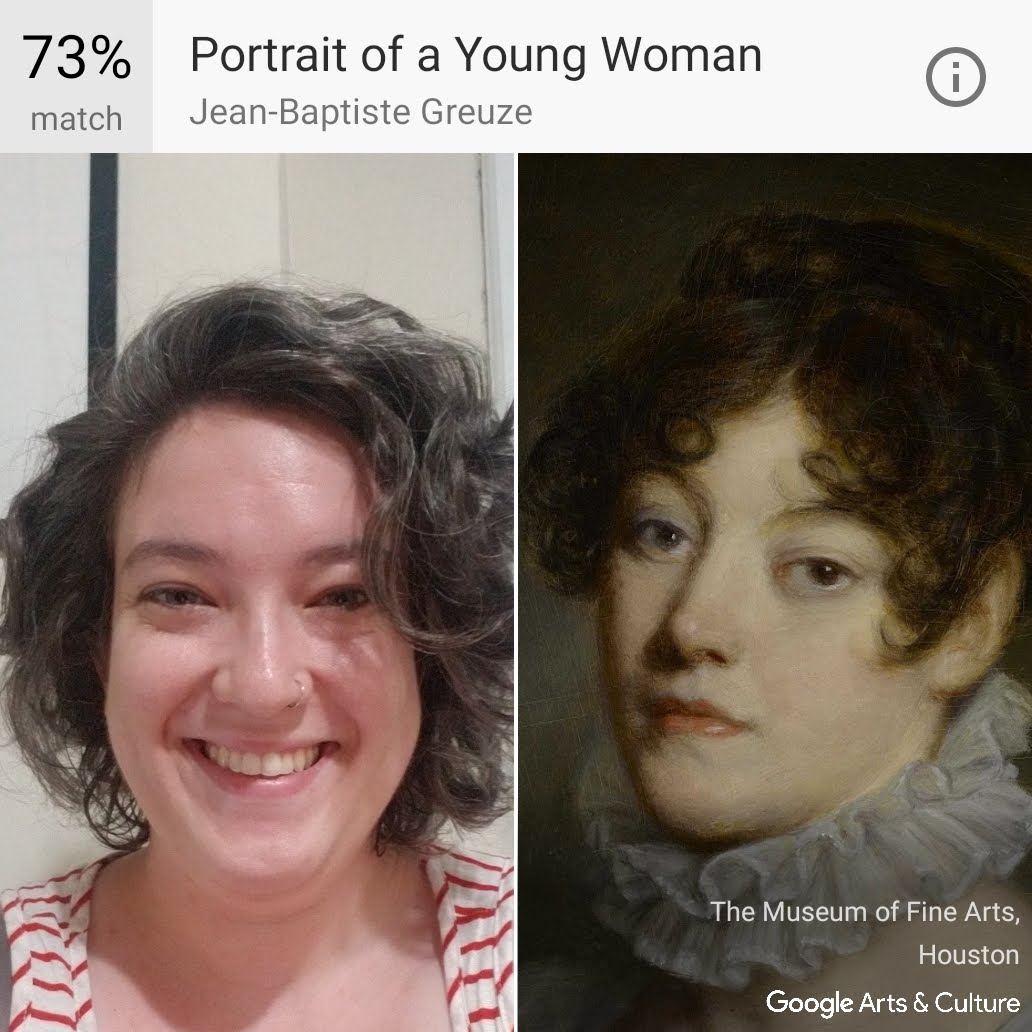Last January, Google's Art & Culture app launched a selfie feature that paired faces with famous works of art. It went viral capturing the attention of arts audiences and beyond. AMT Lab shared an article from Tech Crunch at the time.
Many of us at AMT Lab couldn't resist giving this app a try:
Over the last few years, AMT Lab has kept tabs on Google's Arts & Culture projects. With this #TBT we wanted to take a look back to the progression from Google's early days in the arts.
Google Art Project
We first reviewed the Google Art Project in 2011. This article talks through where many of the paintings are sourced from, what type of interface google had set up, and the quality of the picture resolution. It also ponders the pros and cons of the launch.
The Google Art Project and Art.sy: Exploration Engine for Art
With the second phase of the Google Art project, more museums and more artwork was added. These changes prompted a new article that outlined these changes but also started to look at the global impacts of making inaccessible art, accessible.
Bringing Art And Discussion To A Computer Near You: Introducing Google Art Talks On Google+
Next, AMT Lab published a short article more focused on the Google Cultural Institute. Both the cultural institute and art project are both now under the umbrella of Google Arts & Culture. In it's development each branch was introduced piece by piece.
In AMT Lab's most recent installment, Google created the Arts & Culture app that launched the selfie craze earlier this year. This article from contributor Sophie Auffret covers the feature of the app and how it can be used by arts managers.
As Google iterates and changes their arts & culture products and applications, arts managers should pay attention. It's an interesting resource that also allows for insight into how the average person interacts with our field. As Google marches forward, AMT Lab will try to be there writing about the possibilities and changes that occur.






